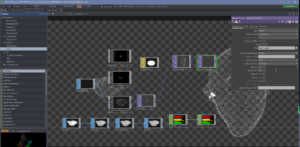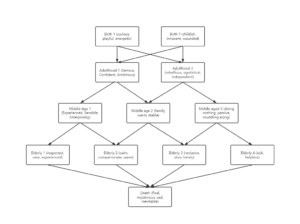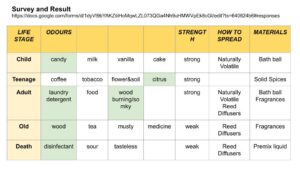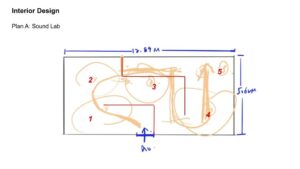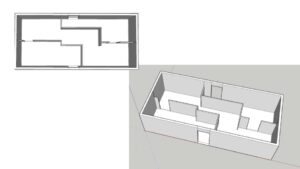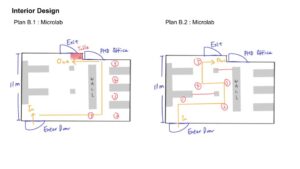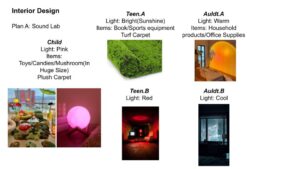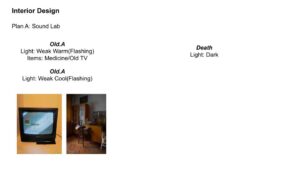About Team Management: in sub2 of dmsp, there were some issues with assigning tasks and roles in the team. The volume of tasks allocated was not balanced and the timeline for the overall progress was stretched too far and the deadline for the submission of each individual work to the team summary was not clear.
Not everyone in the group was actively involved, and I think the level of participation in group discussions and meetings could still be improved.
It was not easy to organise and assign tasks, and this was the first time I had been a manager in a medium-sized organisation with so many people. The quality of management and documentation of the group blog could also be improved.
About the Research and Interviews: After confirming the specific interviews, I acted as an interviewer to a number of citizens of different age groups in Edinburgh. We had different questions for different interviewees and different ways of eliciting them.
About the Interior Design: After deciding on an initial location for the exhibition at Alison House, I started to scout and find a suitable room for our project. After a selection process and consultation with Jules, we decided on sound lab as the final venue for the project.
How do you create a narrative space within an enclosed rectangle as simply as possible? After researching a certain narrative space and combining it with the needs of the project, I used the architectural sketching software Sketchup to build a model of the interior design. It is like a labyrinth that distributes the spaces evenly while guiding the user through each location according to the designer’s plan.
About the Production of the Video: before the perception project started, I had a basic but not much understanding of processing. During the project I came across touch designers and tried to use them for sound visualisation and digital art visualisation, such as importing 3D models into td to create particle effects. Although the 12 videos were not produced by the same person, I exported the visual elements created in td and processing to video as a unified source for all the videos in order to achieve a uniform style. td has many powerful interactive features and there are many ways to interact with it.
About the Life Choice System: In the beginning our goal was to allow visitors to experience the life of an ordinary person, a life journey. This was passive, with the visitor receiving information unilaterally. After several conversations with Dave, we decided to add some interactivity by adding life choices to the whole process. Through different questions and options, different stages of the video and endings are triggered to move forward.
We designed the questions and their corresponding answers in the system through chatgpt and through secondary research on the internet.
About the Set-up: We spent a lot of time setting up the venue and creating props for the set-up, but the result was not ideal. It was my initial idea to create a strong sense of storytelling by stacking a large number of objects together, an approach that is often used in art exhibitions, such as some sculptural installations (e.g. Tanya Schultz, Pip & Pop: https://www.pipandpop.com.au/).
To create the props, we tried to buy materials locally, buy and pick them up for free from ECA’s shops and warehouses, and buy and transfer some materials such as fragrances at low prices from Chinese merchants. However, I ignored the constraints of location, time and money, which later proved to be less simple, straightforward and realistic than using electronic screens for displaying images of the scenes.
About the Whole Project: I thought it was a good idea to include the element of smell in the project, but we overlooked the specificity, instability and low controllability of smell, and the lack of experience in experimenting with and controlling smell, which resulted in a less than ideal final result, and even some deviation from the theme of smell.
The theme of life is meaningful, but we have not explored it in depth, only in terms of ‘valuing life’. Although theoretically it doesn’t matter whether the theme is unique or not, sometimes it is more logical and effective to choose a theme that is relatively specific, starting from small points and issues.
I think we could have done a better job of presenting the theme, extending it, looking for more directions and examples, and experimenting and learning new software, but unfortunately we seem to lack the courage and determination to do so.
